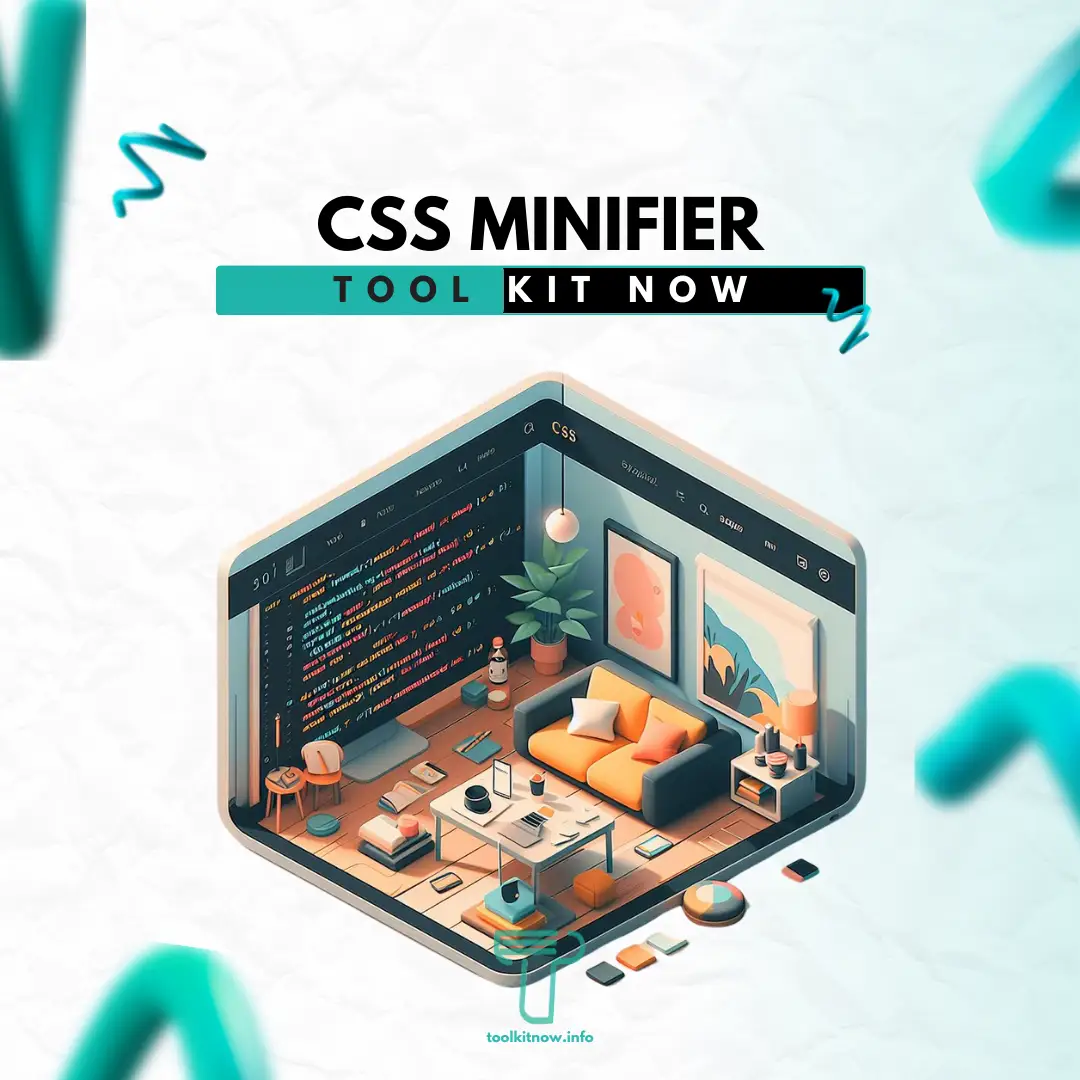CSS minifier
Use CSS minifier tool to compress your CSS by removing all the unnecessary characters.

What is a CSS Minifier?
A CSS minifier is a tool that reduces the size of Cascading Style Sheets (CSS) files by removing unnecessary white space, comments, and other characters that do not affect the functionality of the CSS code.
A CSS minifier is a tool that enhances website performance by shrinking the amount of data that has to be sent from the server to the client’s browser. This leads to quicker loading times and a smoother user experience for website visitors.
CSS minifiers usually work by analyzing the CSS code and then eliminating any unnecessary characters or code that does not affect the CSS functionality.
Minifying CSS is the process of stripping away unneeded characters, spaces, and comments from the code to make it smaller. Many developers think that minification is an essential step in optimizing website performance. However, others say that it may not always be worth the trouble. In this article, we will examine the advantages and disadvantages of minifying CSS and help you decide whether it is suitable for your project.
Use also: HTML minifier and JS minifier tools.
Advantages of Minifying CSS
CSS minification is a process of removing unnecessary characters and whitespace from your CSS code, such as comments, indentation, line breaks, and extra spaces. It is an important technique for website optimization and performance improvement, as it can reduce the size of your CSS files and make them load faster on the web.
Some of the benefits of CSS minification are:
- It can improve your website’s loading speed and user experience, as smaller files take less time to download and render.
- It can reduce your bandwidth usage and hosting costs, as less data is transferred over the network.
- It can enhance your website’s SEO ranking, as loading speed is one of the factors that Google considers for ranking websites.
Using a CSS minifier tool can help you achieve these benefits easily and quickly, without having to manually edit your CSS code. A CSS minifier tool can also offer some additional features and advantages, such as:
- Embedding referenced files in your CSS code, such as images, fonts, and icons, to reduce the number of HTTP requests and improve performance.
- Compress CSS online by using shorter names for selectors, properties, and values, to further reduce the file size.
- Combining multiple CSS files into one file, to simplify your website’s structure and avoid conflicts and duplication.
How to Use a CSS Minifier Tool Online
Here is how you can use a CSS minifier tool online:
- Go to the CSS Minifier Tool website page.
- Enter your input CSS code in the css text box provided.
- Click on the submit button to generate the output minified CSS code. You can see how much space you have saved by comparing the input and output file sizes.
- Copy the output minified CSS code and use it on your website.
As you can see, the output minified CSS code has removed all the unnecessary characters and whitespace from the input CSS code, such as comments, indentation, line breaks, and extra spaces. It has also compressed the names of some properties and values, such as font-family and color. The output minified CSS code is much smaller in size than the input CSS code.
Similar tools
Minify your HTML by removing all the unnecessary characters.
Use the JS minifier tool to minify your JS by removing all the unnecessary characters.
Popular Web Tools
Discover the best QR Code Reader Online with ToolkitNow! Effortlessly scan and decode QR codes in seconds. Simple, fast, and cheerful scanning for everyone!
Use this free online signature generator tool to handily draw your signatures that suit your style and download them seamlessly for your use.
Need to know your text's size? Our free online text size calculator instantly calculates the size of your text in bytes, kilobytes, and megabytes. Perfect for social media posts, emails, code size, and more!
Online text separator allows you to use different punctuation marks to split the text into segments.
Use a file mime type checker tool to check the properties of any file type and get relevant data.
Discover the fun with our Old English Text Generator! Easily create stunning Old English text for your projects and social media, adding a charming vintage touch!